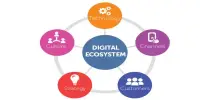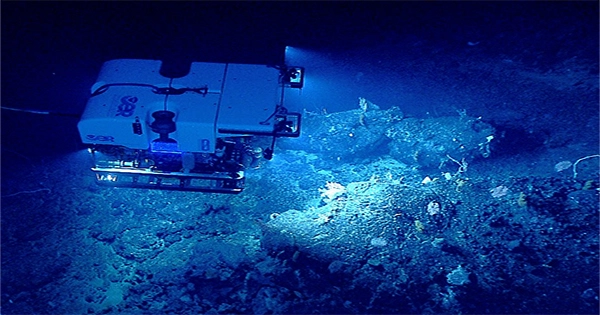The term “environmental stewardship” describes the ethical and long-term management of the environment and natural resources. It refers to the conscientious use and preservation of the natural environment by individuals, small groups, nonprofit organizations, government agencies, and other collective networks via active engagement in conservation efforts and sustainable practices. In order to preserve the Earth’s ecosystems and resources for the benefit of present and future generations, it entails actions taken by communities, organizations, and individuals.
The understanding that human activity has a substantial impact on the environment and that it is morally and ethically required to reduce adverse effects is the foundation of the idea of environmental stewardship. Championing environmental stewardship in land ethics, Aldo Leopold (1887–1949) investigated the moral ramifications of “dealing with man’s relation to land and to the animals and plants which grow upon it.”
Resilience-based ecosystem stewardship
The focus of resilience-based ecosystem stewardship is on resilience as a necessary component of adapting to and engaging with the environment in a world that is changing all the time. The ability of a system to bounce back from disruption and resume its fundamental structure and function is referred to as resilience. For instance, ecosystems provide a variety of ecosystem services that are function-dependent rather than acting as a single resource. Furthermore, this kind of stewardship acknowledges resource managers and management systems as significant and knowledgeable players in the natural systems that humans maintain.
Key principles and practices of environmental stewardship include:
- Conservation of Resources: Economical use of resources from nature to reduce waste and advance sustainability. This entails actions like recycling, cutting back on energy use, and switching to renewable energy sources.
- Biodiversity Protection: Maintaining and reviving biodiversity is essential to the robustness and well-being of ecosystems. This includes actions taken to stop the spread of invasive species, restore habitats, and safeguard endangered species.
- Pollution Prevention: Reducing the amount of pollution and hazardous material releases into the environment. This entails using less hazardous materials, switching to cleaner production methods, and handling waste in an ethical manner.
- Sustainable Agriculture: Promoting farming practices that maintain or improve soil health, minimize water usage, and reduce the use of chemical inputs. Sustainable agriculture aims to balance the needs of the present with the ability of future generations to meet their own needs.
- Climate Change Mitigation: Taking steps to lessen the effects of climate change and cut back on greenhouse gas emissions. This entails switching to renewable energy sources, increasing energy economy, and putting plans in place to deal with climate change.
Collaboration between different societal sectors is necessary for the collaborative endeavor of environmental stewardship. In order to promote a sustainable and healthy environment, businesses, non-governmental organizations, governments, and individuals all have significant responsibilities. People can better the planet and its ecosystems by incorporating environmental factors into their daily activities and decision-making processes.
















